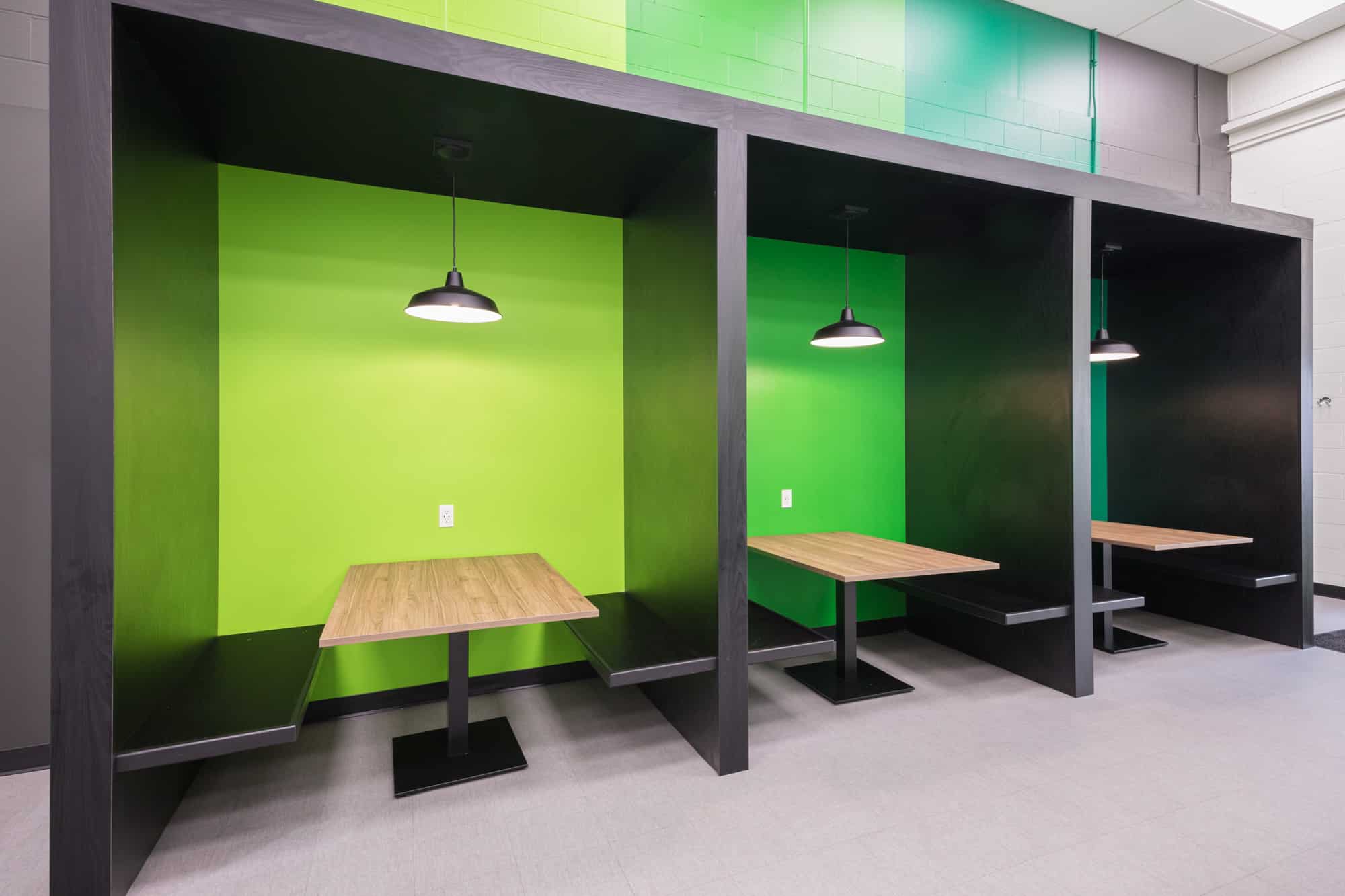Effective office design plays a crucial role in enhancing employee productivity by fostering a conducive work environment. Incorporating elements such as space optimization, natural light, and ergonomic furniture can significantly influence employee engagement and efficiency.
Effective Use of Space
Optimizing workspace layout can lead to increased collaboration among employees.
An open floor plan can stimulate communication and teamwork, while designated quiet areas support focused work. By balancing collaborative spaces with private zones, companies can cater to varied work styles. Additionally, flexible furniture arrangements allow for quick adaptations based on team needs, promoting a dynamic work environment. Ergonomically designed spaces further support employee comfort, which can lead to enhanced productivity.
Incorporating Natural Light
Access to natural light increases employee mood and productivity.
Natural light has been shown to enhance cognitive function and overall well-being. Incorporating large windows or skylights can help minimize eye strain and boost energy levels. Furthermore, exposure to daylight regulates circadian rhythms and enhances focus, encouraging a productive work pace. Placement of workstations near windows provides employees with both visual appeal and health benefits. Therefore, integrating natural light in office design is a simple yet effective way to enhance productivity.
Ergonomics in Office Furniture
Investing in ergonomic furniture reduces discomfort and improves efficiency.
Ergonomic chairs and desks are designed to support the natural posture of the human body, reducing the risk of musculoskeletal disorders. This investment not only preserves employee health but also leads to fewer sick days and decreases in turnover. Employees who work in comfortable settings report higher job satisfaction, which correlates directly with productivity levels. Additionally, providing adjustable furniture allows employees to personalize their workspaces in a way that suits their individual needs. As a result, this attentiveness to ergonomics can foster a more engaged workforce.
Inspiring Break Areas
Break areas should be creatively designed to rejuvenate employees.
Incorporating relaxation zones with comfortable seating, recreational games, or even art can significantly improve employee morale. These spaces encourage staff to take necessary breaks, reducing burnout and increasing overall productivity. Furthermore, a well-thought-out break area can stimulate informal brainstorming sessions, leading to innovative ideas and solutions. By providing an inviting atmosphere for relaxation and socialization, organizations benefit from improved employee relationships and teamwork.
Acoustic Considerations
Managing noise levels is crucial for maintaining focus in the workplace.
Sound-absorbing materials, such as carpets and acoustic panels, can help reduce distractions in shared spaces. Incorporating designated quiet zones allows employees to find refuge from loud environments when needed. Furthermore, an understanding of noise dynamics can guide layout choices that minimize disruptions during collaborative tasks. By addressing acoustic challenges thoughtfully, companies can ensure a balance between collaboration and concentration.
Color Psychology in Design
The colors in an office can profoundly impact employee productivity and mood.
Research suggests that colors such as blue and green promote calmness and focus, while brighter hues like yellow can stimulate creativity. By integrating color wisely throughout an office, organizations can create an atmosphere that aligns with desired employee output. Additionally, the infusion of plant life and organic colors can enhance the feeling of well-being and reduce stress levels among staff. Consequently, understanding color psychology is a vital component of effective office design.
Technology Integration
Seamless technology integration can streamline tasks and enhance collaboration.
Incorporating the latest technology in office design facilitates smoother communication and project management. Smart conference rooms equipped with video conferencing tools foster collaboration regardless of location. Wireless devices and efficient charging stations can eliminate clutter and enhance workflow. Additionally, providing user-friendly collaborative tools can empower teams to brainstorm and execute ideas more efficiently. Overall, thoughtful technology integration contributes directly to maximizing employee productivity.
By considering elements such as workspace layout, natural light, ergonomics, and technology, organizations can create a favorable environment that boosts employee productivity. A well-designed office not only enhances comfort and collaboration but also fosters a positive workplace culture, driving overall business success.

